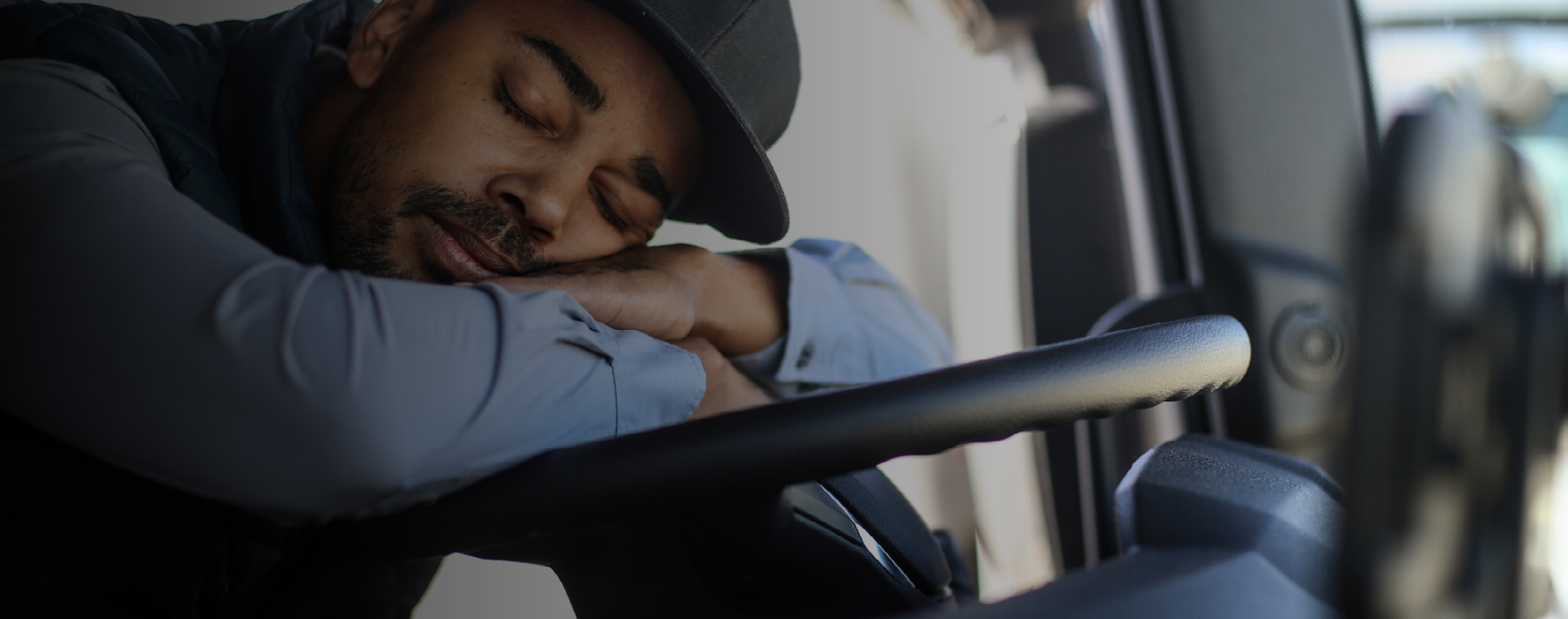Right, wrong or indifferent, law enforcement officers are always in the public eye. People are constantly judging our words and our actions—and of course, our appearance. We take pride in how we look, and we expect our coworkers to do the same.
We report for duty wearing clean and neatly pressed uniforms, with highly polished boots and leather gear. We pay attention to every detail to make sure we project a professional appearance.
We say things to recruits and new officers like, “People will judge you by the way you look” and “If you look like , suspects will think you are one.”
But have you ever thought about what you look like when the layers are peeled back? Now is a good time to consider what you are wearing under your uniform.
Officers involved in a serious use-of-force incident may be photographed as part of an initial investigation. Investigators may take photographs of the officer in uniform, including the officer’s shirt, pants, boots, duty belt, and other equipment. In some cases, investigators will seize the uniform itself as evidence. Then, they will take more pictures. If you were the one being photographed, would there be anything that could be used against you or your agency?
Issues with Clothing
Have you considered what you look like without your uniform shirt on? I am not asking about your physique. Are there any patches on your vest carrier? Perhaps a Latin phrase that arguably promotes violence? Maybe a logo associated with an overzealous and vengeful comic book character?
Peeling back another layer, what do you look like with your vest removed? If you’re like many officers, you don’t give much thought to your undershirt. There is not really any harm in wearing a dingy, old t-shirt complete with holes and stains in the armpits. But what is on your t-shirt? Think about the words, phrases, quotes, logos, symbols, and cartoon characters.What if a veteran officer is involved in a serious use of force incident-while wearing an old Dirty Harry or Judge Dredd t-shirt? It wouldn’t be a surprise if someone used the t-shirt to suggest the involved officer believes in using unreasonable force as punishment. Whether it’s true or not wouldn’t matter.
Many years ago, a SWAT officer was photographed wearing a t-shirt that read, “Kill ’em all—let God sort ’em out.” Another officer on the team shot an armed hostage-taker. Photographs of the officer’s t-shirt circulated, and some suggested it was evidence that the officer, the SWAT team, and the agency were prone to use force indiscriminately.I am sure you have seen t-shirts that could be construed to send a similar message: “Tactics are nice but violence rules the day;” “We can kick your and get away with it;” “We get up early to BEAT the crowds.”
A few years ago a white police officer in the Great Lakes region shot and killed a black man. According to media accounts, the officer was wearing a t-shirt under his vest that included, among other things, a small confederate flag. The prosecution introduced the t-shirt as evidence in the officer’s criminal trial.
Issues with Equipment
Do you have an engraving on your firearm or your collapsible baton? If so, could they be construed (or misconstrued) to send an objectionable message?
What if an officer is involved in a shooting with a Glock that has a slide back plate engraved with the emblem used by the Punisher? It doesn’t take much imagination to think of ways this could be used to cast the officer in a bad light.
Don’t stop here. What about your cell phone case, your tattoos or the other equipment you carry? Do you have patches on your gear bag or stickers on your notebook, clipboard or citation holder? And what about inside the door of your locker back at the station? Uh oh.
How Would You Look in the Spotlight?
To some extent, we are in the spotlight all the time. Following a shooting, a use of force, or another controversial incident, the spotlight may intensify beyond our wildest expectations.
We want to be judged based on our actions, not based on a symbol, phrase or fictional character. We are asking for unnecessary trouble if we wear or carry anything while on-duty that could be construed to:
• Dehumanize or devalue any of the citizens we serve (by referring to people as dirtbags, scum, or trash, for example)
• Glorify or celebrate the taking of human life
• Glorify violence
• Be a symbol of hate
• Cast doubt on the criminal justice system
Something that may seem funny, lighthearted, or harmless to other cops at midnight shift roll call might be viewed very differently by a citizen review panel—or a jury—following a use of force or a complaint.
The bottom line: Stay away from words and images that could be used to challenge your neutrality, integrity, or professionalism.



